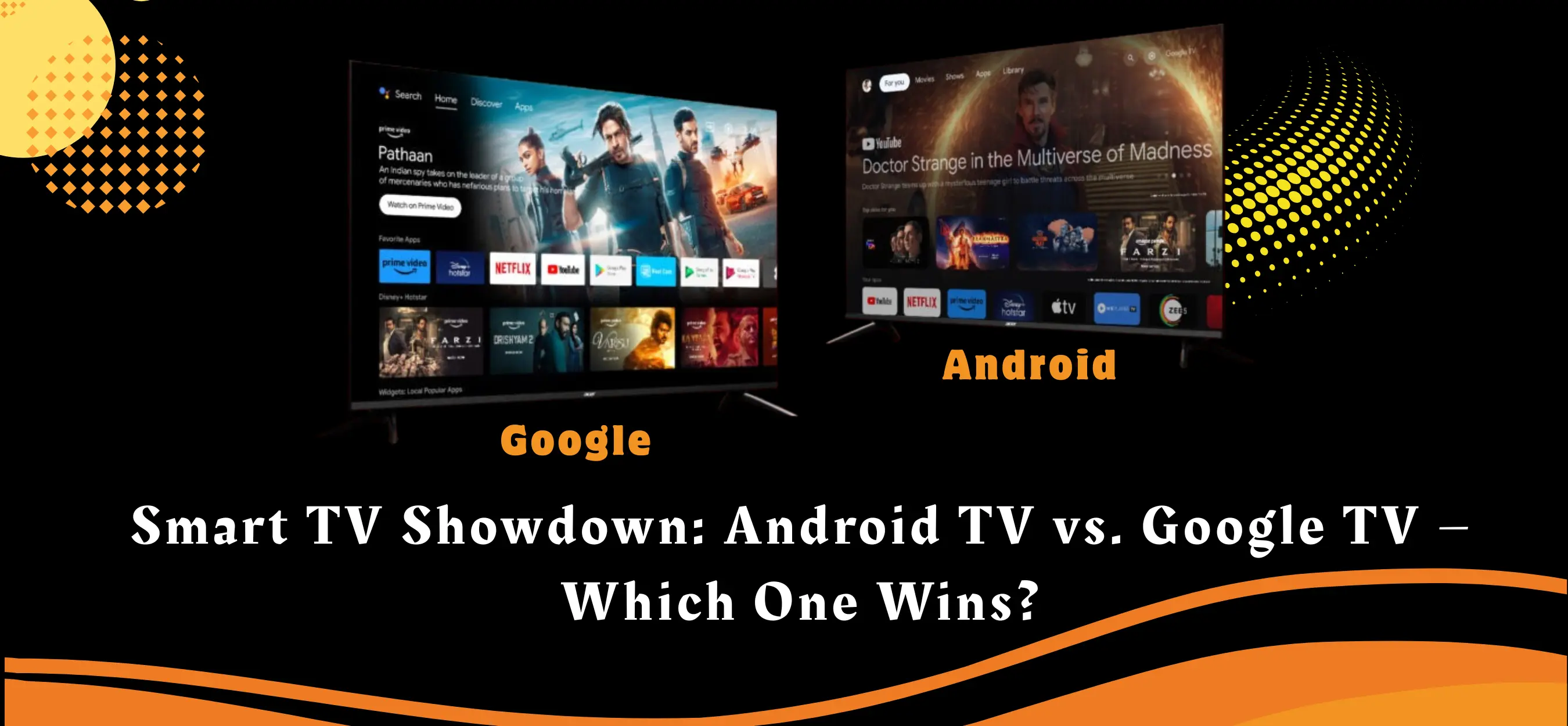Smart TV Showdown: Android TV vs. Google TV – Which One Wins?
In 2025, choosing a smart TV means navigating the Android TV vs. Google TV debate. Both platforms, built by Google, power millions of TVs in India, but their differences in interface, features, and performance can sway your decision. Let’s
break it down.
Android TV, the older platform, runs on a flexible OS used by brands like Sony and TCL. Its grid-based interface prioritizes apps, offering access to over 10,000 apps via the Google Play Store, including Netflix, Hotstar, and regional platforms like Zee5. It supports 4K streaming, voice control via Google Assistant (in Hindi, Tamil, etc.), and Chromecast for seamless casting. However, its cluttered home screen can feel overwhelming, and older models may lag with updates. A 2024 Statista report noted 55% of Android TV users found navigation less intuitive.
Google TV, launched as Android TV’s successor, powers devices from Hisense and Motorola. It refines the experience with a content-first interface, curating shows and movies across apps based on your viewing habits. Powered by AI, it suggests titles like “Shershaah” on Prime Video or live sports on JioCinema, reducing app-hopping. Google TV also integrates user profiles and a “Kids Mode” for family-friendly content.
With faster updates and 5G compatibility, it’s future-ready but has fewer apps (around 8,000). A 2024 Nielsen study found 68% of Google TV users preferred its sleek design. Performance: Google TV’s lighter OS ensures smoother performance on budget
TVs (starting at ₹13,999), while Android TV shines on premium models with robust hardware. Both support Dolby Vision and Atmos, but Google TV’s integration with smart home devices (e.g., controlling CayroShop appliances) is more seamless.
Verdict: Google TV wins for its intuitive interface and personalized recommendations, ideal for casual viewers and families. Android TV is better for tech enthusiasts needing broader app support. Check CayroShop’s Holi Mega Sale 2025
for deals on both.

